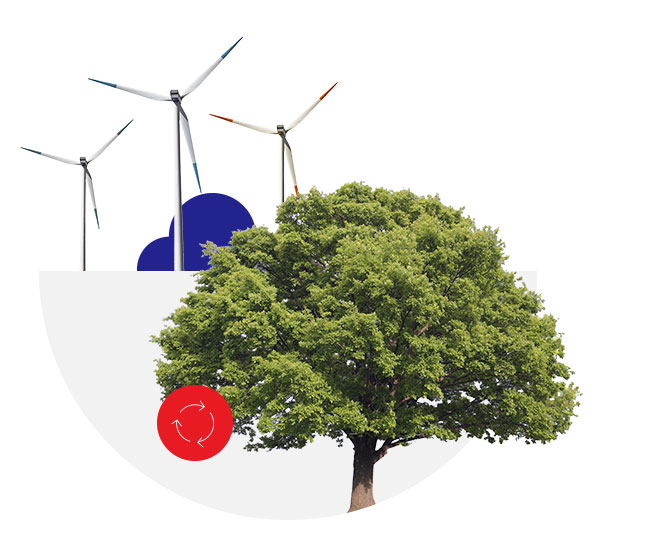The extended environmental responsibility of the PKO Bank Polski Group includes for instance the policy of financing the activities of business and public entities. The bank has been undertaking initiatives that target environmental protection for years. This applies to several areas of activity:
1. Together with other entities of the group, the bank supports the development of the economy by financing investments in new technologies, the modernization of technological lines and energy-saving projects.
2. The bank influences the attitudes of customers by participating in the financing of pro-ecological projects, including the construction of waste incineration plants, sewage treatment plants and power generation systems using modern, pro-ecological technologies.
3. For many years, the bank has been actively involved in cooperation with local government units (LGUs), including through the financing of projects relating to environmental protection or the pro-environmental modernization of public service facilities.
4. In the assessment of creditworthiness, the bank takes into account the impact of the particular business activities on the environment, compliance with the formal and legal requirements regarding environmental permits, geographical and environmental conditions etc. In the assessment of the business models of borrowers and identification of risks (including ESG risks), the bank takes into account the sustainable business development concept and the possible benefits for the local community and the natural environment.
5. In the process of analysing property valuations, the bank assesses the environmental risks that could arise in the event of using the property for the purposes of activities causing contamination or devastation of the environment, including in particular: emission of dust, pollution of water, disposal of sewage, storage or production of toxic, inflammable, or explosive materials.
6. The bank finances the transformation of the Polish power sector. The transformation areas include not only zero emission or low emission energy sources, but also improvement of the energy efficiency of entities that consume big quantities of energy for the purposes of their production processes and modernization of the transmission network.




